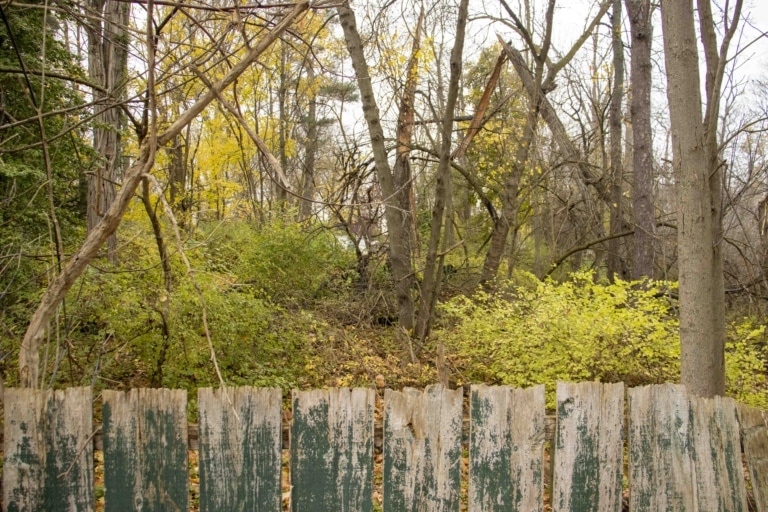Infrastructure can't meet demand when farms need water most
Evan Saunders
Special to The Lake Report
Niagara-on-the-Lake's irrigation infrastructure is incapable of supplying all farms when demand is highest and the system needs a major overhaul, town councillors were told last week.
After more than a year of collecting data and stakeholder opinions, Brett Ruck, environmental services supervisor, outlined the town’s new draft irrigation master plan and it calls for a 20 per cent fee increase for farmers this year.
That would bring farmers' costs to $40.02 per acre for 2021.
The sweeping plan also says fees will have to rise an extra one per cent every year until 2030 to pay for its recommendations. It includes a 10- and 25-year plan for the town to follow in order to improve irrigation services.
“This irrigation plan is long overdue, I think we can all agree,” Ruck told council's committee of the whole meeting.
The plan highlights the major deficiencies in the town’s current irrigation system and provides several paths for fixing things and improving the whole system in the future.
Associated Engineering worked with the town on the irrigation master plan and ran tests on the system that simulated average consumption of water in two scenarios.
One was based around an average demand of two inches for two days biweekly, and another high-stress test that simulated a 10-year drought had farms run at three inches instead of two.
These tests found that “the level of service provided by the existing system is inadequate to supply the complete system during those two target scenarios,” consultant Angela Peck told councillors.
The test found that water shortages begin halfway through the system, with the farms farthest from the water source losing the most.
“No one ever draws (water) an inch an acre and is being neighbourly. They all want it at the same time and then there’s nothing left. So, it’s very difficult to manage that (with the current infrastructure),” Ruck said.
As a result, farmers farthest from the water source don't know if they will have enough water for their crops when they need it most. And those same farmers on the far end of the irrigation channel pay the highest cost for their water.
“And the reason for that,” Ruck said, “is that droplet of water that comes off the most extreme end has to travel a whole lot farther. So, they end up having to pay more cost as they go downstream, because they affect more residents as it goes down.”
“It’s always the guy at the bottom of the hill who will scream the second loudest, because the guy at the top doesn’t understand why I’m charging assessment so high.”
The report also found issue with some of the town’s bylaws, which prevent the town from properly penalizing farmers who use too much water.
“It almost took us seven days to place a fine on somebody. And, by that time, they’ve already taken the water, gone, and they said, ‘OK, I won’t use it for the rest of the summer,' ” Ruck told councillors.
“The bylaw really needs to be set up so we can give a fine immediately.”
The report doesn’t just seek to increase water capacity to ensure farmers get what they need – it also includes several key updates to create ease of use for the town.
The report found that the system is entirely manual, causing the town to spend more by sending out staff on foot to do ground work and check the system and water usage.
One example that Ruck put forward was lifting an irrigation weir gate.
The gates are “where we spend a lot of time and energy. Out at the gates, lifting them a quarter-inch, half-inch, down, up, down – it’s constant. So we’re looking at automating the gate so it’s controlled more from the app, so we don’t have to spend time getting staff to come out for a four-hour call out just to lift the gate a half-inch,” he said.
As Coun. Allan Bisback put it, “to me, (that) means labour.”
And so the report recommends that the system be upgraded and automated, with data being collected and sent to the town digitally instead of manually by staff.
The draft master plan presents two paths to improve the irrigation system: a costlier and possibly uninstallable 25-year plan and a more feasible and cheaper 10-year plan.
The 25-year plan was more general, with its final goal being to “meet ultimate levels of service,” according to the report. The plan also pledges to create a secure water source for farmers, have sustainable assets and commit to all the improvements recommended for the irrigation system.
Ruck and Peck also presented a more focused 10-year plan, with specific goals and rate increases. This scenario includes improving the pumping capacity at East Chester and Whirlpool, repairing siphons, securing a water permit along the canal to draw more water, and a myriad of engineering upgrades among other things.
Regardless of which option council chooses, the report notes that town and irrigator co-operation will be essential for success.



.jpg)






